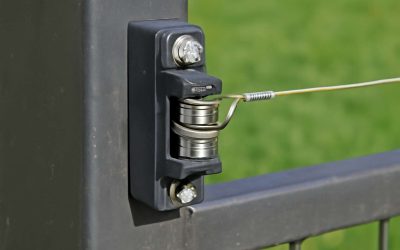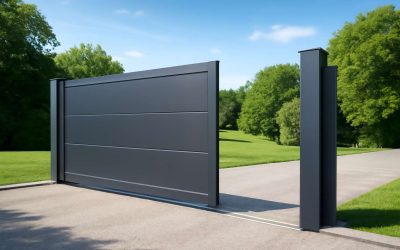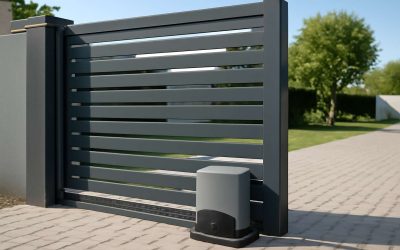
Sliding gates are a great way to add both security and aesthetics to your home or business. These gates can be programmed to open and close at certain times and can even be designed with features that deter potential criminals from attempting to break into your property.
Aesthetics:
Sliding gate designs are aesthetically pleasing and will improve your property’s curb appeal. This can help to attract more customers and increase your business’s reputation.
Safety:
Automatic sliding gates offer a variety of safety features, including a keypad that requires an individual to enter a code to unlock the gate and sensors that alert the operator when someone is entering the area. These devices can also be programmed to shut off automatically at night, giving you more control over who has access to your property.
They can be installed with a variety of different gate operators, which can make them easier to use than traditional swinging gates. Some gate operators have a built-in timer that will trigger the gate to open and shut at a set time, while others can be customised with options for auto-close or stop/reverse functions.
Space Efficiency:
Sliding gates do not take up as much space as swinging gates, so they’re ideal for properties with smaller driveways and front yards. They’re also a good choice for businesses that are located beside a busy road, as they won’t obstruct the street or sidewalk.
Suits more conditions:
Sliding gate solutions work well in properties with wider openings and those that have sloped or uneven ground. They’re also useful for commercial buildings and schools, where space is limited and people are often walking around on foot.
Weather Resistance:
Sliding gates can withstand rain, snow, and even hurricanes. This makes them a great option for homes and businesses that are located in areas that experience extreme weather.
Easy to Install:
Sliding gate systems require less installation than other types of gates because there is no track to dig up and install. They also need less time to set up, which is why they are an ideal solution for busy areas and outdoor venues.
The installation process is simple and easy, if you follow the steps correctly. However, you should remember that some installation techniques can be difficult to master, so it’s important to consult your gate operator’s manual for more detailed instructions.
Pinch & Nip Point Hazards:
The sliding motion of the gate assembly can present pinch and nip point hazards, especially where the gate interfaces with the roller assemblies. These hazards are common in machinery and equipment that incorporates gears, pulleys, or rollers.
Damaged Posts or Piers:
When installing an automatic gate, it’s crucial to check that the posts or piers are in good condition. If they’re in poor condition, they may pose a serious hazard to the gate, motors, and gate operators.
They’re also a risk to pedestrians and vehicles that may encounter the gate as it slides past them. For this reason, it’s essential to make sure that they’re not damaged by heavy objects or debris.



0 Comments